Your cart is currently empty!
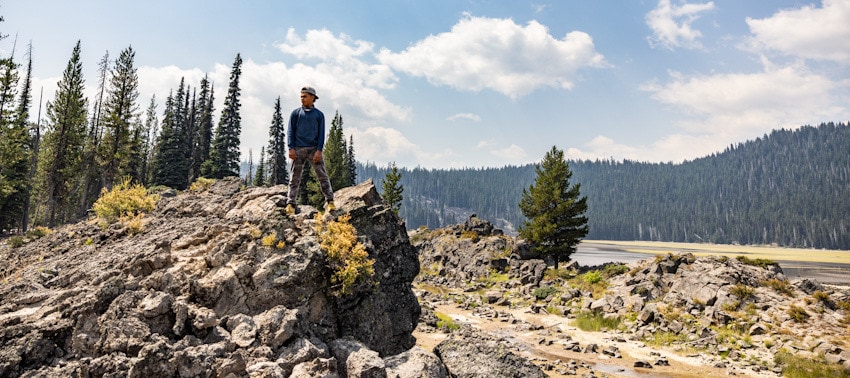
Exploring Nature with the WILD Mag
If you are searching for fun, beautiful, engaging ways to learn about and interact with nature, look no further! Whether you homeschool or just enjoy learning about nature and doing simple hands-on family activities, the WILD Mag has you covered throughout the summer and all year long. Today, Missouri mom of three and ecology writer, Laura Stroup, will introduce you to her “go to” nature study curriculum, which she uses for both homeschooling and teaching at her local nature school. Go on an adventure to explore the WILD Mag inside and out, find out what’s included in each issue, and discover how it works as the quintessential family nature study resource.
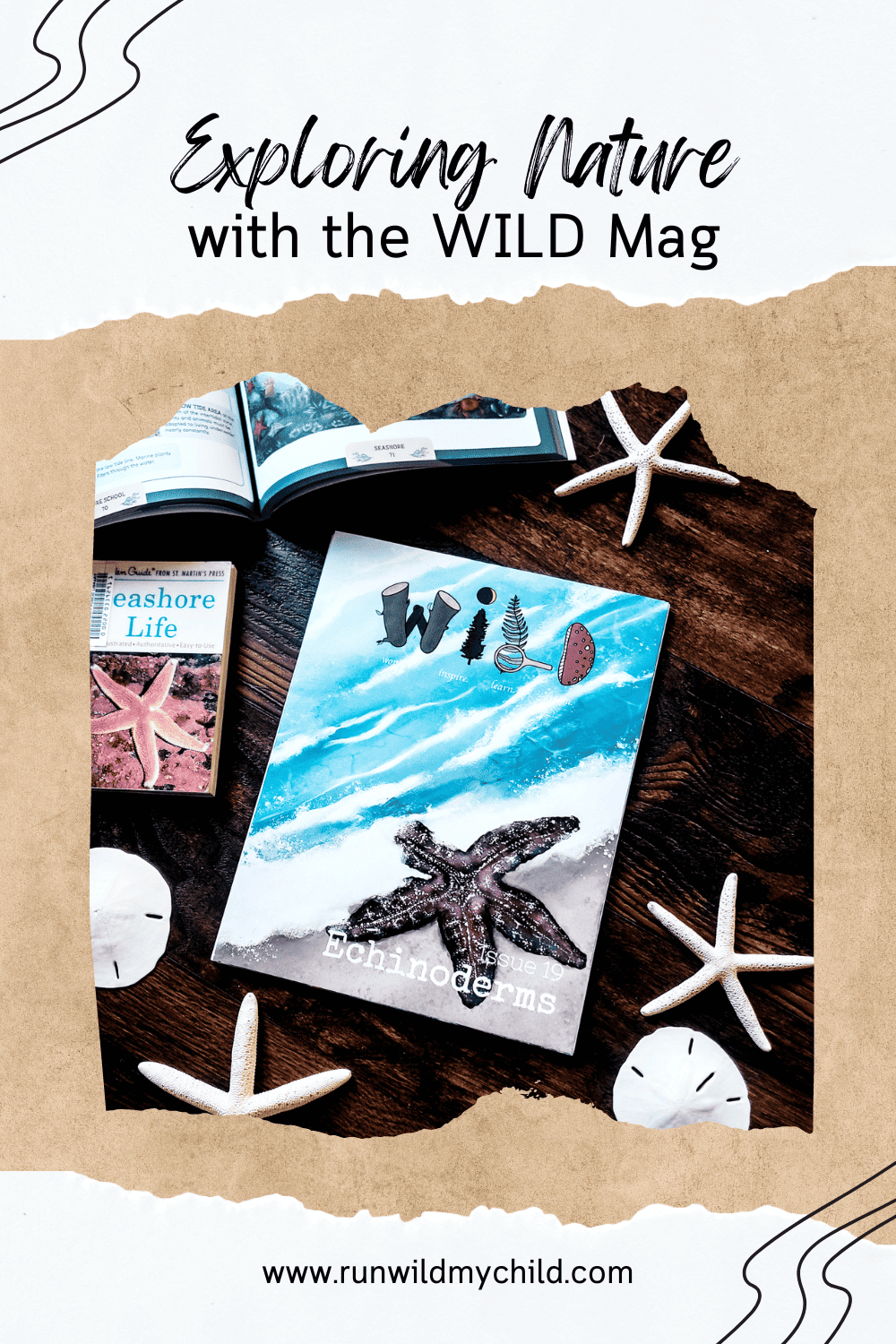
WILD Mag
Welcome to the world of exploration and adventure with WILD Mag, the ultimate digital monthly subscription magazine designed to ignite the curiosity of young minds and families about the wonders of nature and the great outdoors. Bursting with vibrant colors and brimming with educational materials and engaging activities, WILD Mag is a gateway to a world of discovery, where children can embark on thrilling journeys through the wilderness, while simultaneously learning about the fascinating ecosystems that surround us. Get ready to dive into an immersive experience that will inspire a lifelong love for nature and foster a deeper connection to the natural world – all from the comfort of your own home!
What’s WILD Mag all about?
The mission of the WILD Mag is to inspire a love for the natural world by helping educate families about different nature topics and encouraging them to go outdoors to explore together. With a new topic each month, you’re sure to learn lots and have fun doing it.
An inexpensive digital resource, the WILD Mag is available by monthly subscription at Chickie and Roo Homeschool. If you aren’t ready to commit to a subscription, individual issues can easily be purchased HERE. Lauren Giordano from Chickie and Roo Homeschool, Stephanie Hathaway from Stephanie Hathaway Designs, and Laura Stroup from Firefly Nature School comprise the WILD Mag’s creative team.
Each month, you receive a 60(ish)-page digital magazine sent directly to your inbox. You can opt to print the magazine at home or have it printed by a print shop. Another economical option is to use the magazine’s digital resources from your phone, computer, or tablet and only print out the consumable pages for activities.
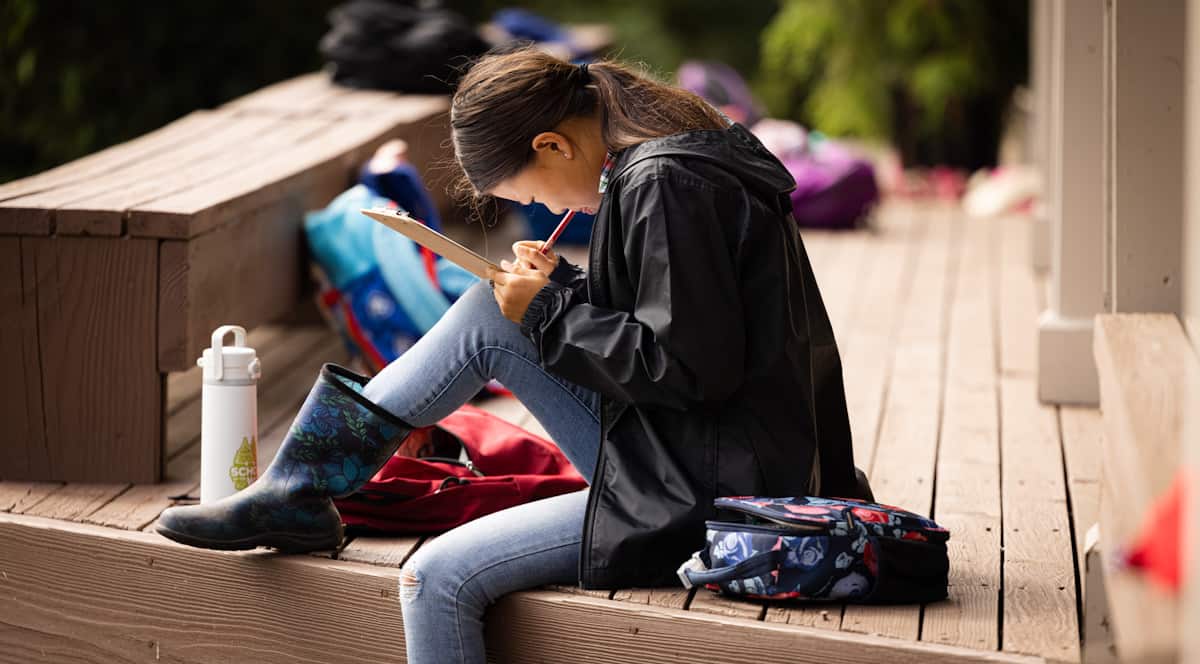
How to use the WILD Mag
The beauty of the WILD Mag rests in its simplicity. Open it up, and begin. Or preview and plan out a section to complete each week during your morning time, nature study, or science class.
The WILD Mag’s target audience includes kindergarten through sixth grade. Students in the older range of this age spectrum might enjoy reading through the articles and completing activities more independently, while younger kids can work with older siblings or with a parent, caregiver, or teacher. Families also enjoy perusing the magazine together as small sections of text deliver lots of information, and activities can be easily adapted for different age levels.
If your kids are part of the early learner crowd, a WILD Mag Jr. might be more your speed. Geared toward preschool-aged kids, it shares a theme with the regular WILD Mag. But instead of exploring multiple facets of a nature topic, it focuses on just one aspect and includes something to read, ask, learn, solve, draw, find, make, and show.
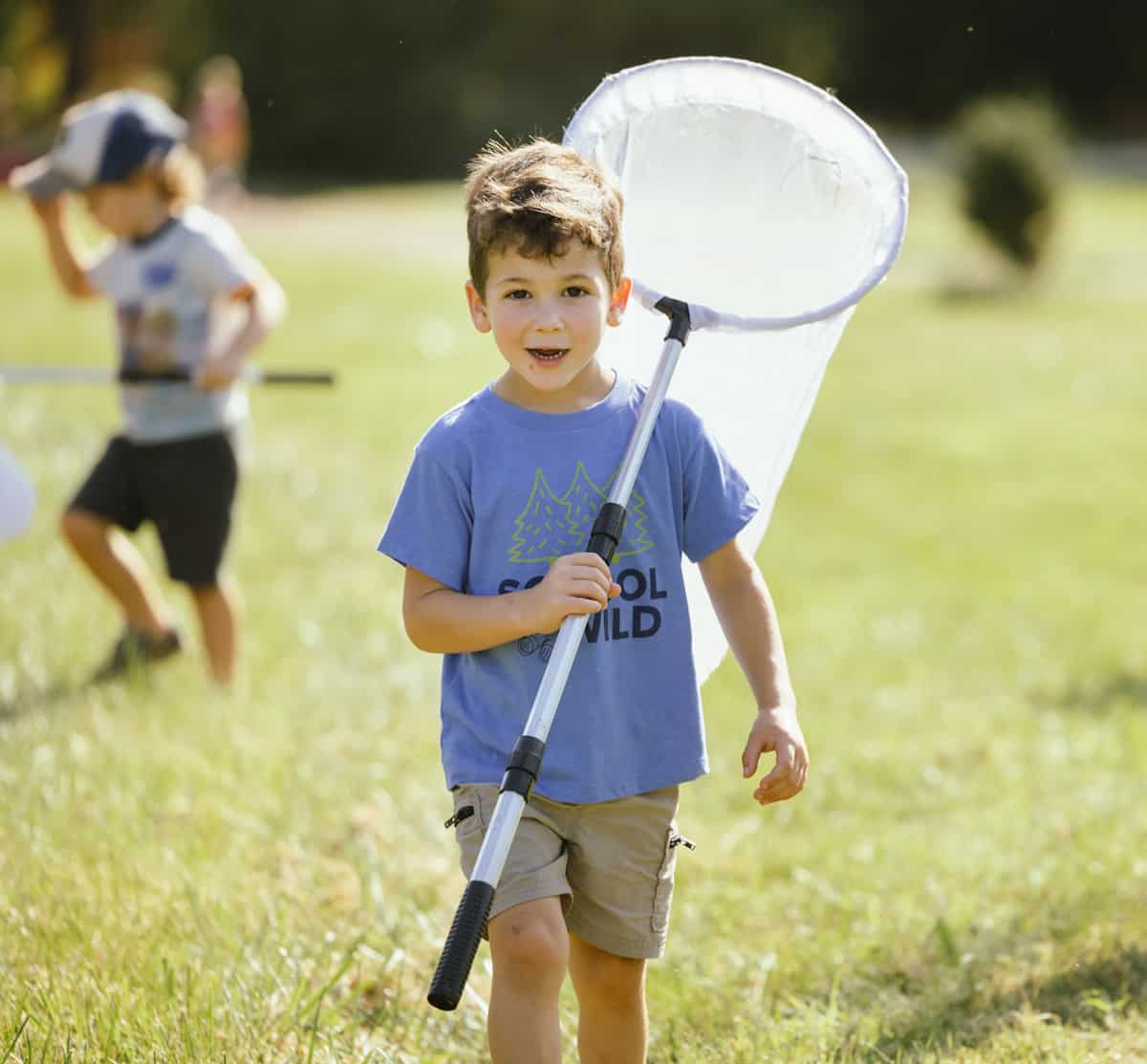
What’s in each issue?
Each issue of the WILD Mag contains more than enough information to have an entire unit study right at your fingertips. Every issue also includes a book list, along with links to related documentaries, helpful videos, and interesting websites (all with kids in mind) makes putting outside additional resources (beyond the magazine) together a snap.
The digital magazine is filled with beautiful illustrations, including posters and diagrams, accompanying short bursts of informative text, followed by hands-on activities that may include crafts, games, experiments, recipes, projects, and nature journaling prompts, among others. These “your turn” sections encourage observation, nature walks, outdoor time, play, and family connections.
Drawing tutorials, picture studies, vocabulary words, crossword puzzles, poetry, coloring pages, and word searches round out the WILD Mag experience. Plus, there are opportunities for your child to be featured in the monthly issues when you tag or share with the creative team the different projects and activities they enjoyed working on.
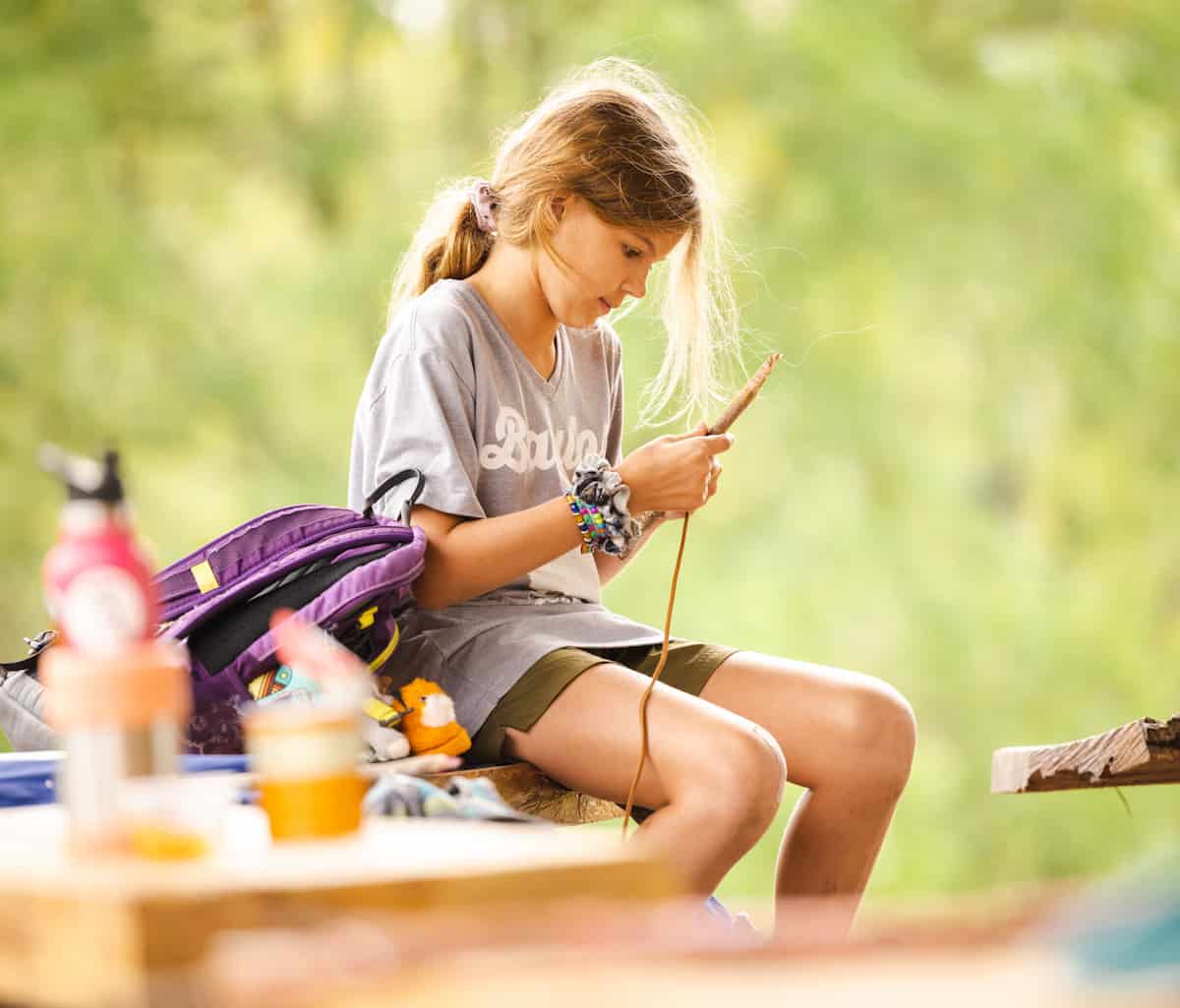
Who is the WILD Mag for?
One of the most common questions about the WILD Mag is whether it focuses solely on North America since that’s where its creators reside. The short answer is no. The WILD Mag’s design features amazing aspects of science and nature from around the globe. The multi-country subscriber base can attest to that.
Including a variety of topics that highlight Earth’s different regions helps families see the ways in which nature connects us all. You only need to glance through past WILD Mag topics to see the biodiversity included. The magazine has previously covered topics such as mountains, coral reefs, horses, marsupials, and the solar system, plus many others. Be sure to check out the archives for a full list of topics if there’s something, in particular, you’re studying!
WILD Mag highlights
- Bright, colorful illustrations welcome young naturalists to turn the pages.
- Short sections make information easily digestible for elementary and middle school readers.
- Interactive projects encourage the application of knowledge.
- Fun, practical activities foster learning.
- Nature walks inspire a connection to the natural world.
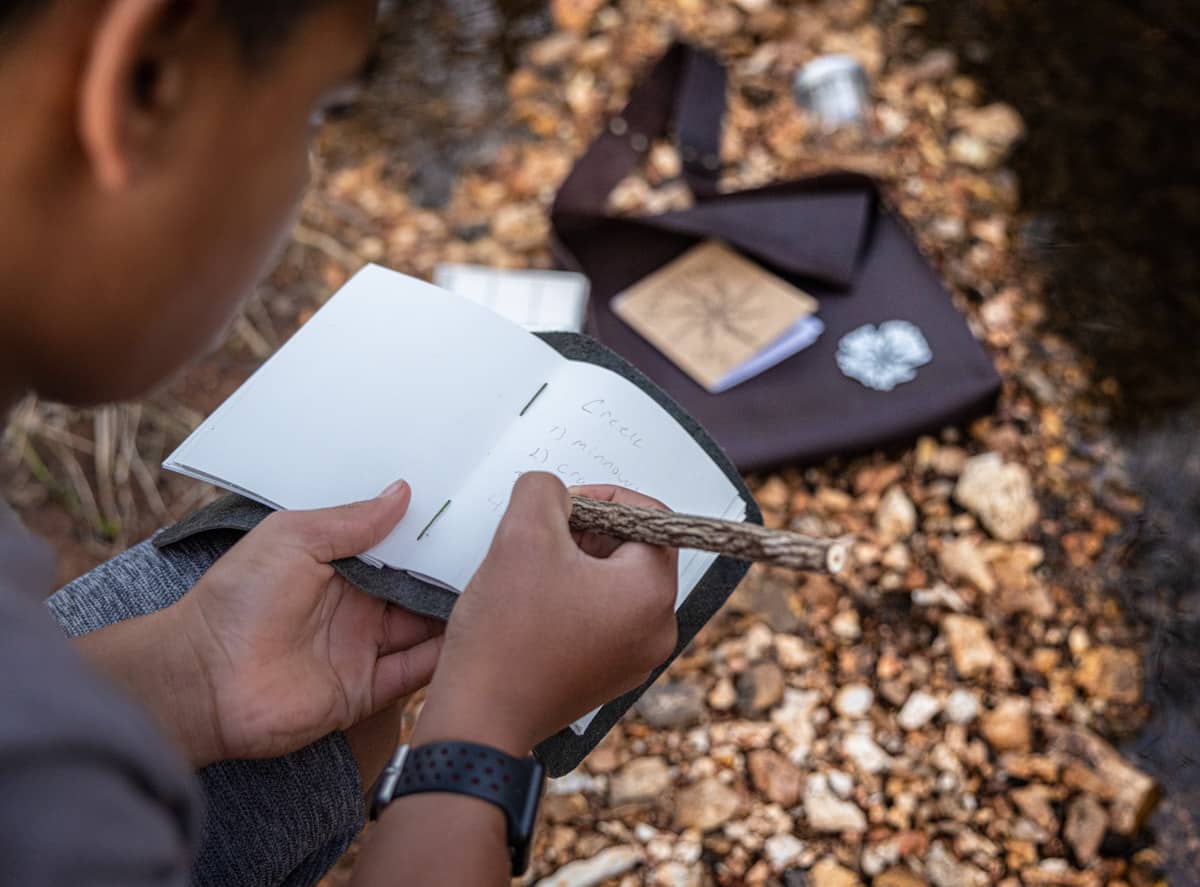
Benefits of learning with the WILD Mag
Introducing children to the wonders of nature through a digital magazine like WILD Mag offers numerous benefits that go beyond just educational value. Here are some of the key advantages:
-
Interactive learning experience: With a digital magazine, children can enjoy an interactive learning experience that goes beyond static text. Engaging elements like diagrams, images, and multimedia help in better understanding complex concepts related to ecosystems, biodiversity, wildlife, and more. The magazine’s hands-on activities, lessons, crafts, and games ignite curiosity and a sense of wonder about the natural world. This encourages children to ask questions, explore further, and seek answers, fostering a lifelong love for learning and nature.
-
Visual stimulation: Visuals have a powerful impact on learning, especially for young minds. High-quality illustrations and graphics in the magazine bring the natural world to life, making it easier for kids to connect with and retain information.
- Promotes environmental awareness: Learning about nature and its intricate ecosystems instills a sense of environmental consciousness in children. They become aware of the delicate balance of ecosystems, the importance of biodiversity, and the need for conservation efforts. As children learn about ecosystems and their interconnectedness, they develop a sense of empowerment, knowing that they can make a positive impact on the environment through their actions and choices.
- Encourages outdoor exploration: While a digital magazine is accessible from anywhere, it often inspires outdoor exploration. Children may want to venture into nature to observe wildlife, identify plants, and experience the lessons they’ve learned firsthand.
- Inclusivity and accessibility: A digital format ensures that educational materials are accessible to a wider audience, regardless of their location or circumstances, promoting inclusivity in learning. Digital magazines offer the convenience of access on various devices, making it easy for kids and families to explore nature’s wonders anytime and anywhere that suits their schedule.
- Holistic development: Learning about nature encompasses various subjects, such as biology, geography, geology, and climate science. This multidisciplinary approach promotes well-rounded development and critical thinking skills.
The WILD Mag provides a captivating platform for kids to delve into the enchanting world of nature. Its immersive and interactive content nurtures a passion for the greatoors, encourages a sense of environmental responsibility, and equips the next generation with knowledge and appreciation for the natural world that surrounds them.
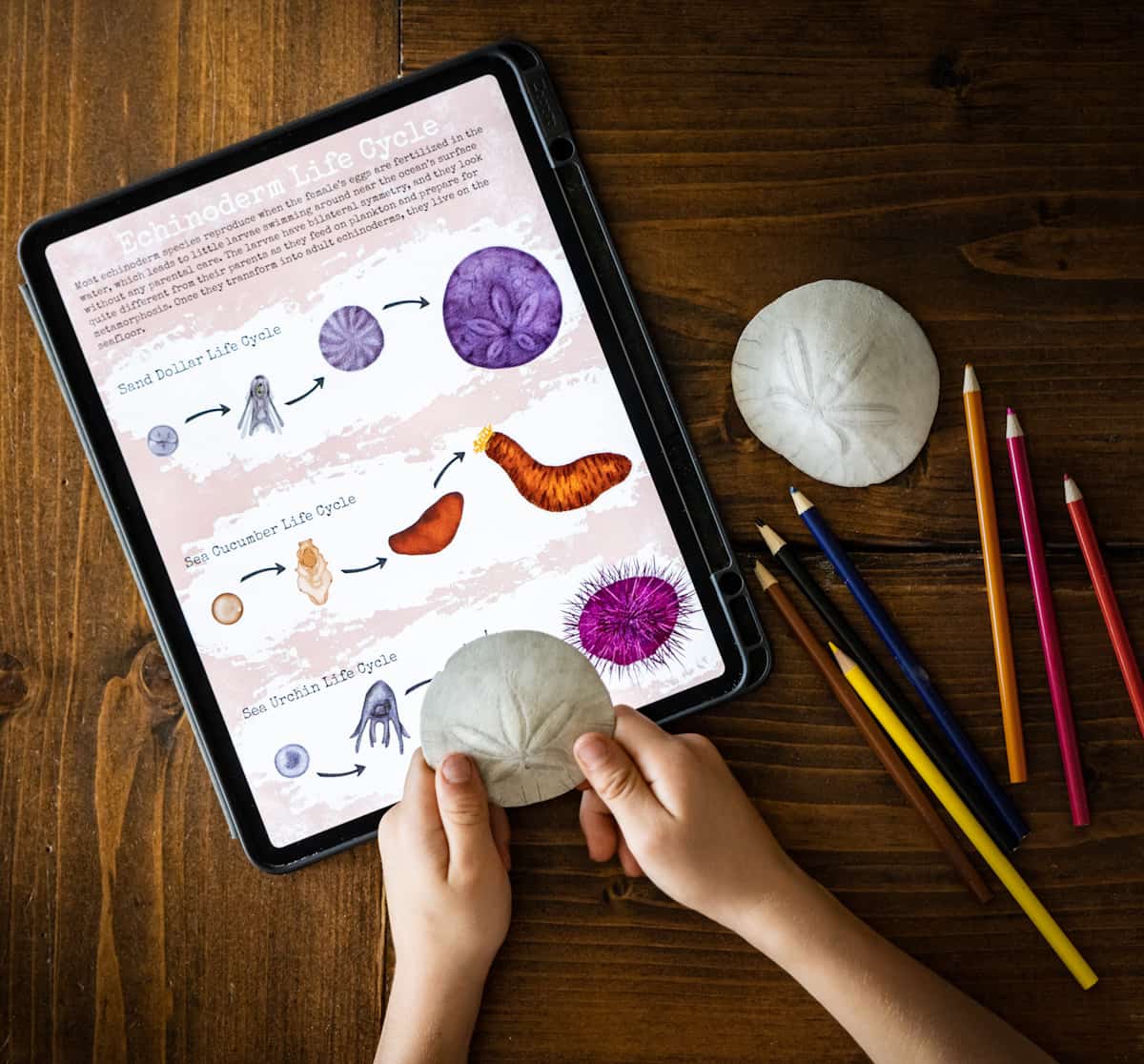
WILD Mag themes for 2023-24
Each year, the WILD Mag team shares a list of future topics to help subscribers plan their school year and summer holidays. This year’s topics have recently been revealed.
- August – Tropical rainforest
- September – Apples
- October – Bears
- November – Winter dormancy
- December – Math in nature
- January – Puffins
- February – Trees
- March – Whales
- April – Naked mole rats
- May – Colors in nature
- June – Monotremes
- July – Urban nature
Learn about nature with WILD Mag
It’s no secret that nature study lends itself to multiple learning styles and an interdisciplinary approach. The WILD Mag focuses on ecological relationships, zoology, and other sciences in addition to sprinkling in math, reading, writing, geography, history, art, and physical education. Basically, there’s something for everyone and everything for someone.
If you would like to try out the WILD Mag, you can grab a free sample by clicking HERE and scrolling to the sample section.
Happy exploring!

Be sure to check out WILD Mag and learn something new with your kids today!

About the author
Laura is an ecology writer and the founder of Firefly Nature School, a nature study curriculum designed for homeschooling families, co-ops, and classrooms. Laura has a Bachelor of Science degree in Animal Ecology from Iowa State University with an emphasis in natural resource education. A former wildlife conservation educator and upper school science teacher, she now directs School of the Wild, a local nature school serving her community. In her free time, she enjoys traveling with her family, hiking, running, writing, reading, and cooking. Laura lives with her husband and their three children in the beautiful Ozarks countryside.
Find more from Laura in the following locations:
Website: Firefly Nature School
Instagram: @fireflynatureschool
Facebook: Firefly Nature School
RWMC posts: Laura

Leave a Reply